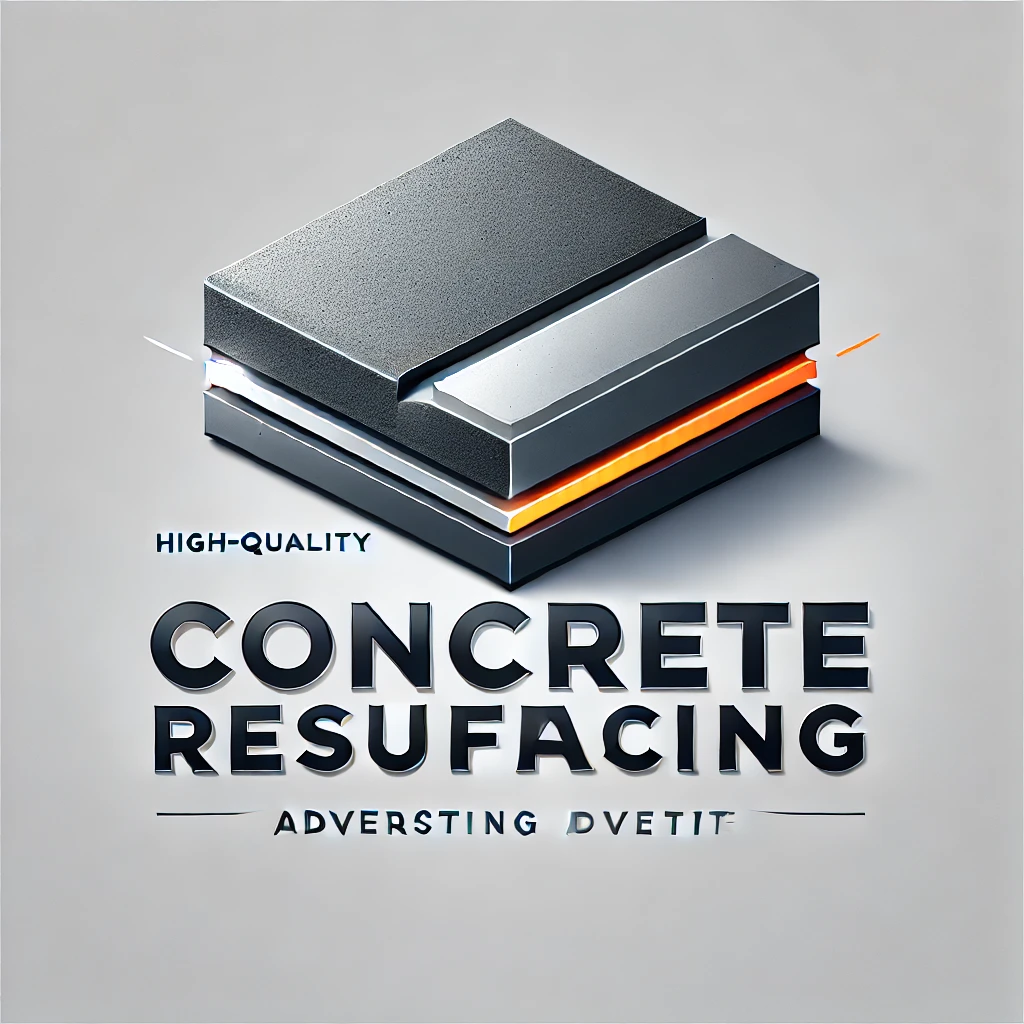Concrete resurfacing is a budget-friendly and efficient way to revamp aging, cracked, or worn-out surfaces. Whether you’re refreshing a driveway, patio, or walkway, resurfacing can provide a renewed appearance and added durability. But what determines its lifespan? This guide explores key factors affecting longevity, strategies for extending its durability, and essential maintenance practices to help you make informed decisions.
Curious about How Long Does Concrete Resurfacing Last? Learn about the typical service life, common challenges that may shorten it, and proven methods to ensure your resurfaced concrete remains in great shape for years. By following best practices and regular upkeep, you can safeguard both the aesthetic appeal and structural integrity of your newly restored surfaces.
What Is Concrete Resurfacing?
Concrete resurfacing involves applying a thin layer of specialized material over an existing surface, improving both aesthetics and resilience. This process is often favored over complete replacement due to its lower cost and quicker installation. However, its longevity depends on various elements such as environmental exposure, traffic load, and upkeep.
Types of Resurfacing Materials
Different resurfacing materials offer unique benefits:
- Epoxy Coatings: Known for their strength and resistance to chemicals, epoxy is a seamless option ideal for high-traffic spaces like garages and driveways.
- Acrylic Overlays: Flexible and easy to apply, acrylic resurfacing allows for customizable decorative finishes.
- Cementitious Coatings: Made from Portland cement and other additives, these overlays offer high durability with textured or smooth finishes.
- Polyaspartic Coatings: Featuring rapid curing times and excellent toughness, these coatings are great for areas with heavy use.
Key Factors Affecting Longevity
Several elements influence the durability of resurfaced concrete:
- Environmental Conditions
- Climate: Extreme heat or cold can weaken resurfacing layers, while prolonged UV exposure may cause fading or cracking.
- Moisture Exposure: Excessive water retention due to poor drainage can degrade the surface.
- Weather Effects: Snow, ice, and rain accelerate wear if not properly maintained.
- Traffic and Usage
- Pedestrian Traffic: High foot traffic can wear down the surface, especially if not sealed properly.
- Vehicle Load: Heavy cars and trucks place significant stress on resurfaced concrete, necessitating frequent inspections.
- Installation Quality
- Material Selection: Opting for premium resurfacing products ensures better adhesion and durability.
- DIY vs. Professional Application: Professional installers have the expertise to apply the material correctly, improving its lifespan.
- Maintenance Practices
- Regular Cleaning: Removing dirt, debris, and oil prevents premature wear.
- Sealing: A quality sealer provides protection against moisture, UV rays, and abrasions.
- Prompt Repairs: Addressing cracks and chips early prevents further deterioration.
Estimated Lifespan of Resurfaced Concrete
The longevity of resurfacing varies by material and external conditions:
- Epoxy Coatings: 10–15 years with proper care.
- Acrylic Overlays: 5–10 years, depending on weather exposure.
- Cementitious Coatings: 15–20 years under optimal conditions.
- Polyaspartic Coatings: 8–12 years, even in high-traffic areas.
Tips to Extend the Lifespan
- Routine Maintenance
- Sweep and wash surfaces regularly to prevent buildup.
- Apply a sealer annually for added protection.
- Inspect for damage and repair minor flaws before they worsen.
- Ensure Proper Drainage
- Prevent water accumulation by improving drainage around resurfaced areas.
- Address Damage Promptly
- Small cracks or chips can quickly spread—fix them early to avoid costly repairs.
- Consider Reapplication When Needed
- If wear becomes excessive, reapplying a new resurfacing layer can significantly prolong its usability.
Final Thoughts
Knowing how long concrete resurfacing lasts allows you to plan for upkeep and future investments wisely. By choosing the right materials, maintaining surfaces properly, and addressing minor issues early, you can enjoy a resilient and attractive concrete finish for many years. Whether you’re a homeowner, DIYer, or contractor, following these best practices ensures a long-lasting and well-maintained resurfaced surface.
